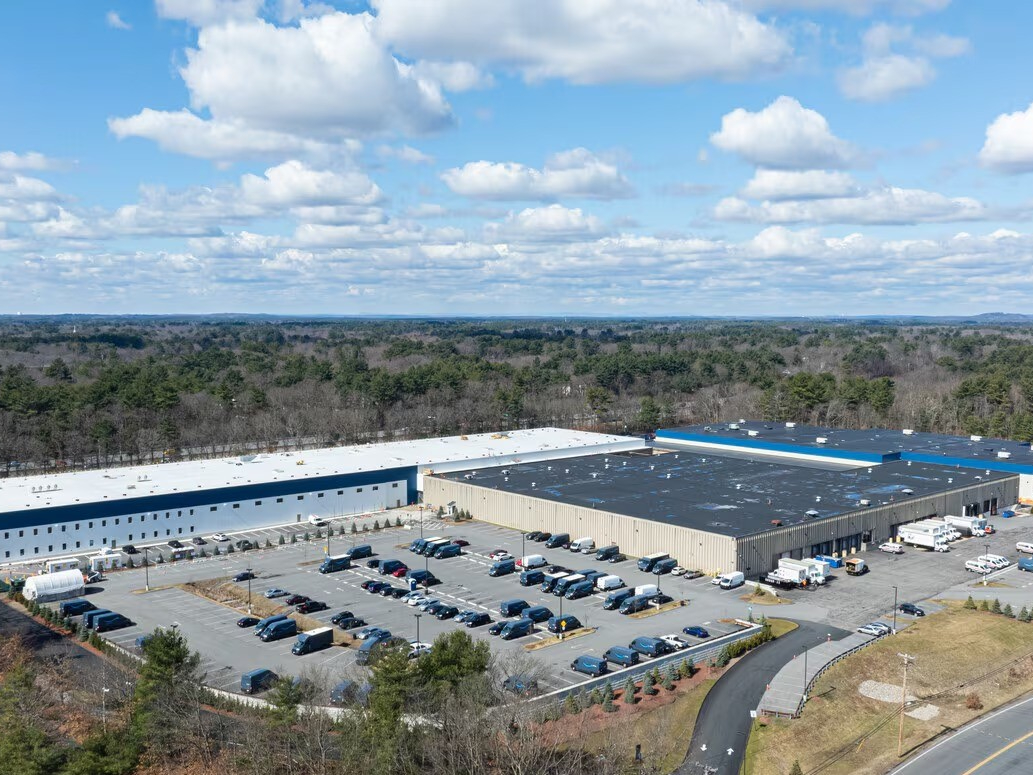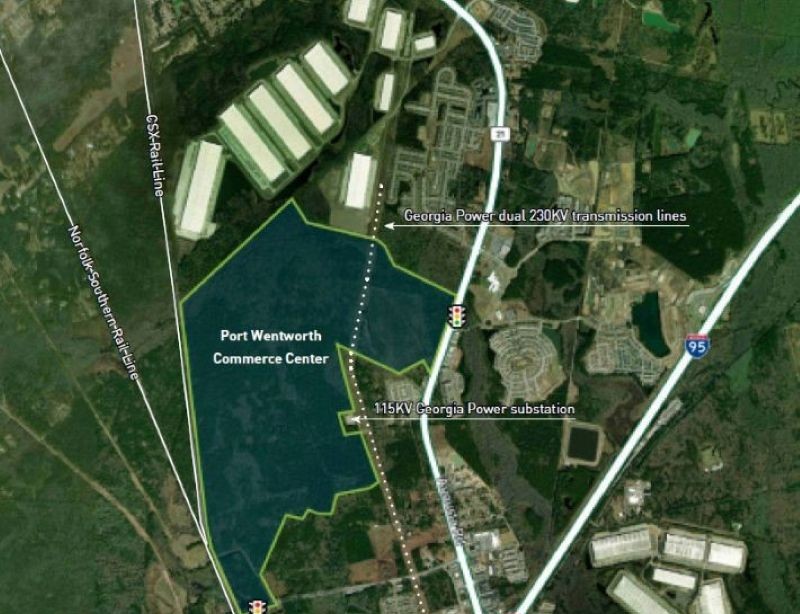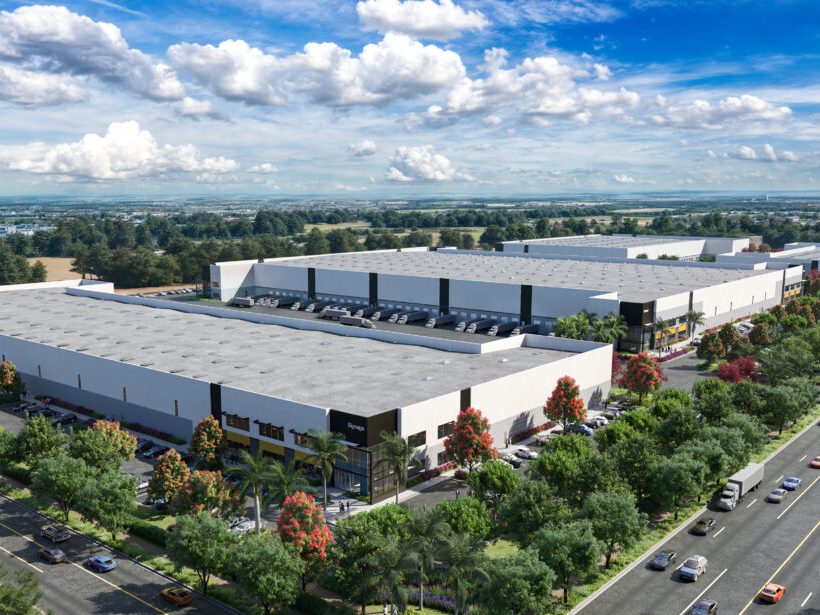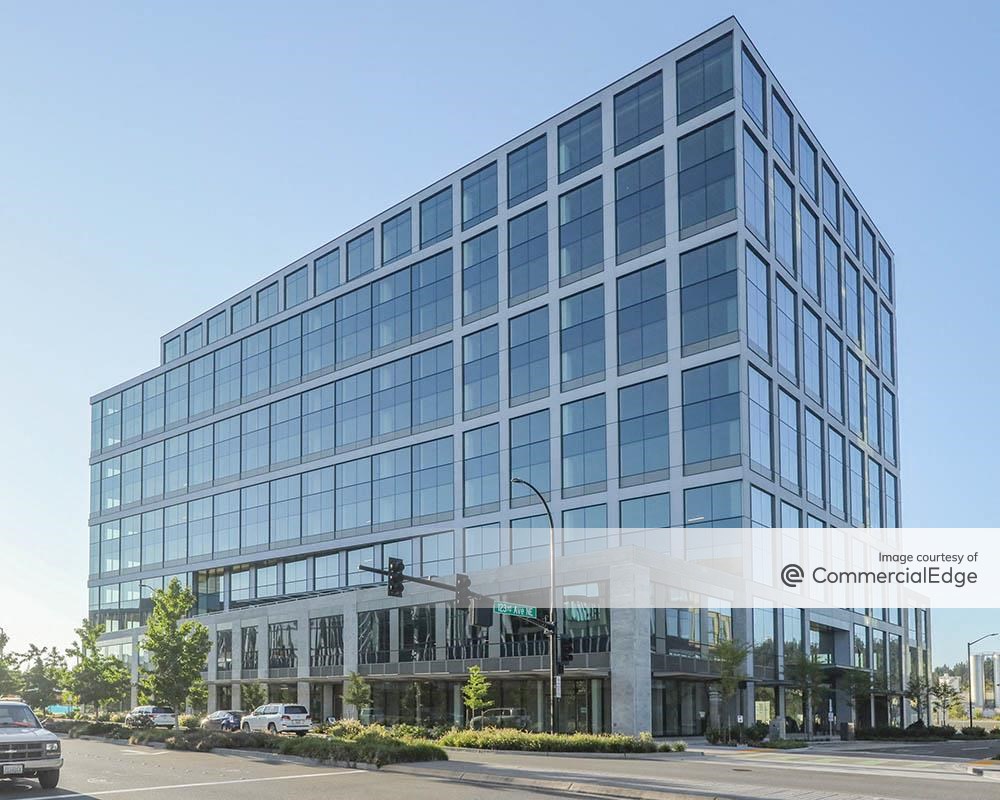The CDO Stack: Generative AI Is Coming for Your Tech Roadmap
This predictive tool opens a new realm of possibilities for CRE firms looking to reimagine existing solutions, according to Deloitte’s John D’Angelo.
Hopefully, you already have a technology road map that lays out what needs to be done and when, both to keep things running smoothly and to boost your organization’s tech capabilities. It probably reviews the sort of team you’re going to need to support the roadmap, when new skill sets are going to be required and the likely financial investments needed for its success.
I don’t mean to be sensational, but if your roadmap is much more than a year old, you might want to toss it into a shredder. Why should you toss it? I’m sure plenty of thought and effort went into developing it, however, if it was last updated or created in 2022 or earlier, it might not fully reflect the rapid changes happening in the technology world. It’s been exactly a year since I first wrote about generative artificial intelligence, and the October ’23 column offered a deeper dive. I wrote about what the technology is, why you should care, some example applications in the industry and why getting your act together around data matters (in the context of AI). In this column, I’d like to talk about some leading practices that we’re seeing emerge relative to applied AI generally and to generative AI, specifically.

First, why does 2022 matter? It might seem surprising, but it’s only been since late in 2022 that generative AI entered most of our vocabularies. And yes, in the intervening roughly year-and-a-half, use of generative AI tools, investment in new solutions, and actual applications have proliferated. As I’ve said previously and continue to experience in conversations with clients, one great benefit of GenAI capturing the imagination of the executive suite and boardrooms of our clients is that it has brought the entire spectrum of AI applicability into sharp focus. My point is that it just hasn’t been that long, but it has caused and continues to cause a number of conversations that start with the CEO or board asking, “What are we doing?” or “What should we be doing?” with AI with conversations focusing on competitive threats and risks. And almost nobody is concerned about the pedantry of predictive analytics or machine learning being different forms of AI from generative AI.

Now, back to that roadmap of yours and thoughts about other emerging associated best practices. We’re increasingly being asked by clients to help develop generative AI or AI roadmaps. In doing this work, we’re being deliberate about helping our clients explore the art of the possible for existing tools and solutions and how those apply to our clients’ business, both in a general way (think productivity tools) and in industry-specific ways (think document drafting and tenant interaction). What’s exciting or compelling to me is that these conversations are causing our clients to think not just about how work gets done today, but also to re-imagine how that work could be done in the future (last month’s column dealt with working smarter).
What has occurred to me through this process is that this business-centric view is causing our clients to ask questions that aren’t often asked as clearly with a technology-centric view. And it’s because of this that I’m finding the generative AI roadmap to complement and challenge the overall technology roadmap. You see, thinking about “what if” has helped companies understand value and prioritize technology investments in the context of how the business could operate differently. And the “what if” question has not just been about doing work differently that’s always been done (although there’s certainly some of that), it’s also about incorporating capabilities that weren’t previously possible or practical, but now are.
If your roadmap, which is meant to guide the future of your application landscape, technology investments, resources and required skill sets doesn’t incorporate applications of AI and generative AI, it’s likely now either obsolete or incomplete. And if you haven’t been through the exercise, it’s an important time to work with business leaders to imagine a different business that’s enabled by new technologies and capabilities.
John D’Angelo is a managing director with Deloitte Consulting LLP and the real estate solutions leader, designing solutions to address client challenges and push the industry forward. With over 30 years of experience as a management consultant to the global real estate industry, John has helped some of the biggest names in real estate leverage technology and use data to optimize and transform their operations.








You must be logged in to post a comment.